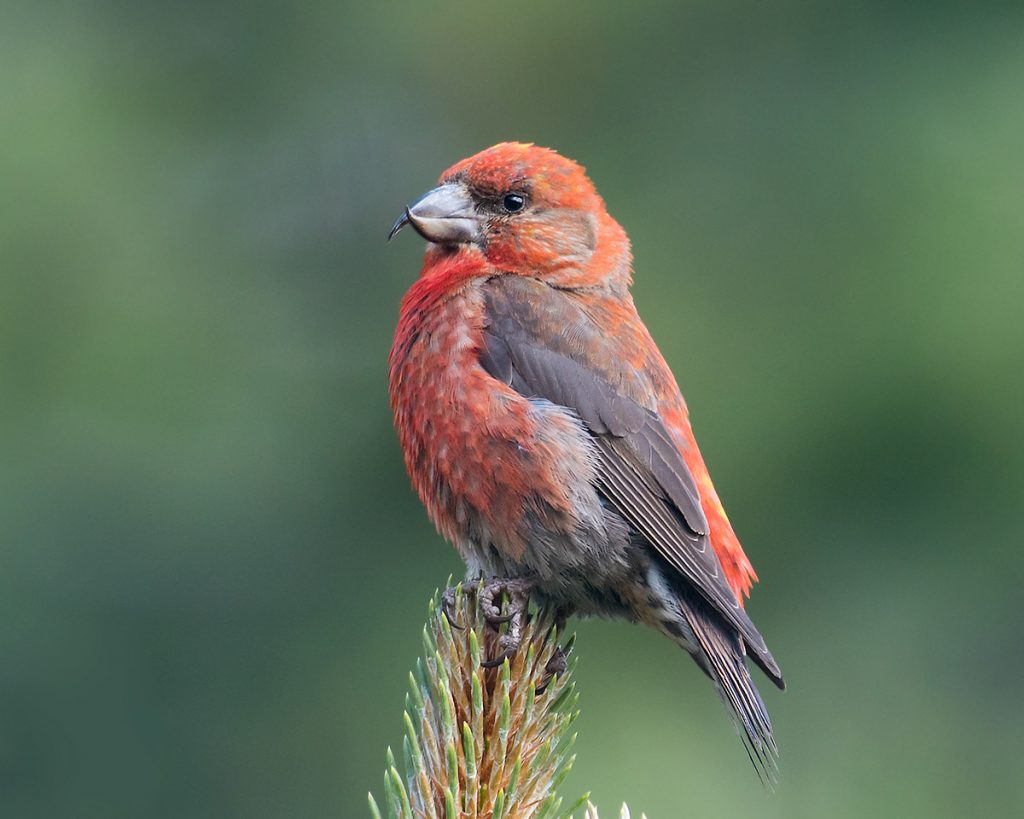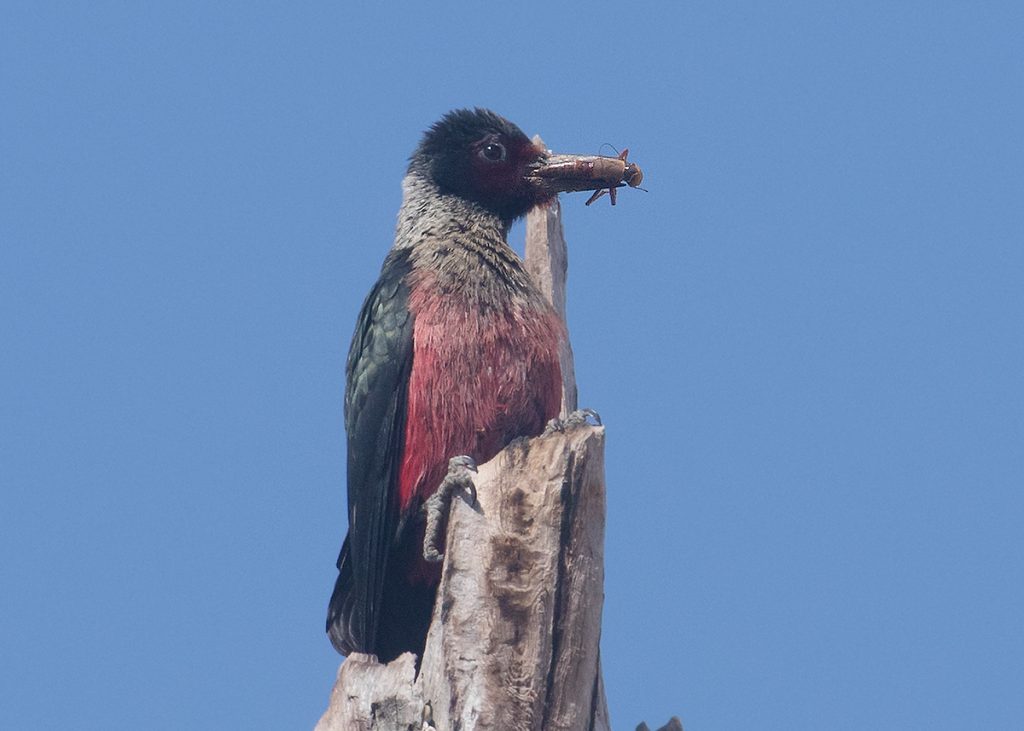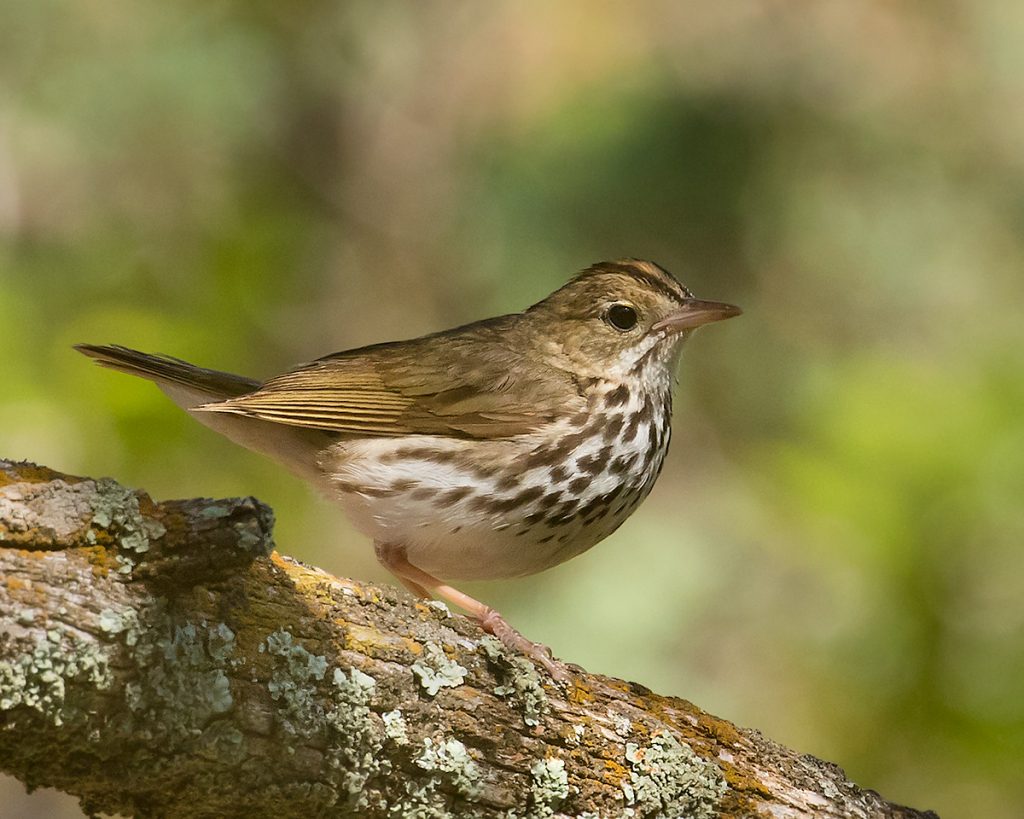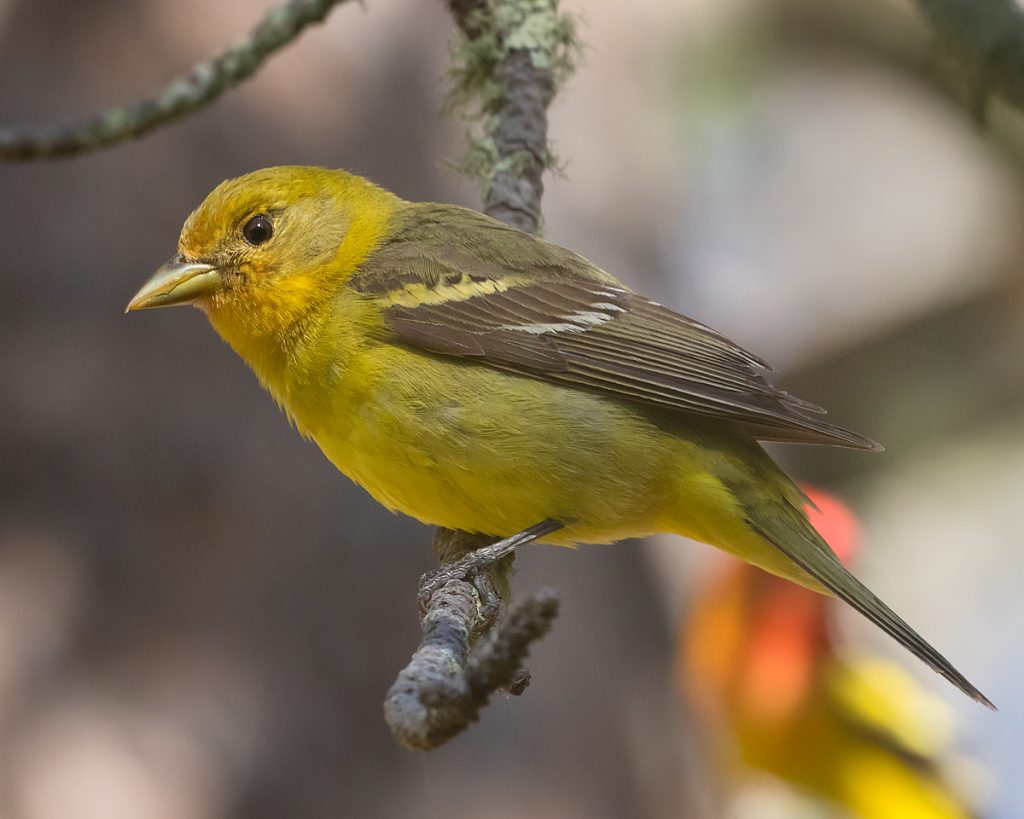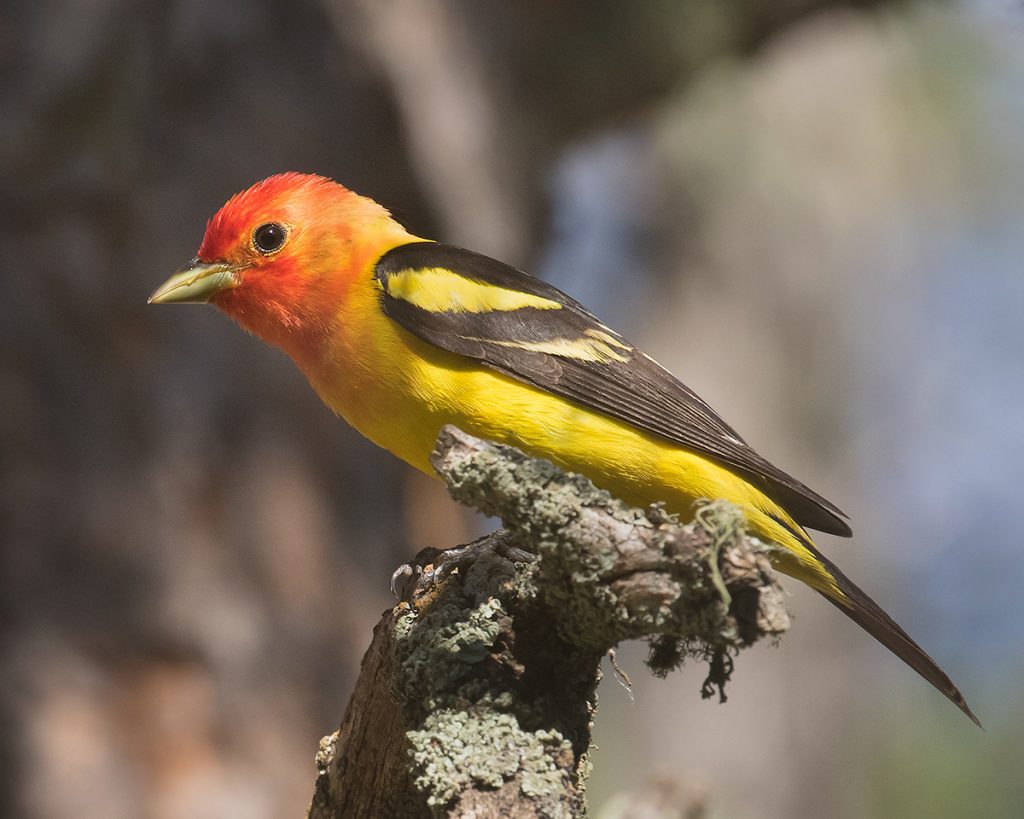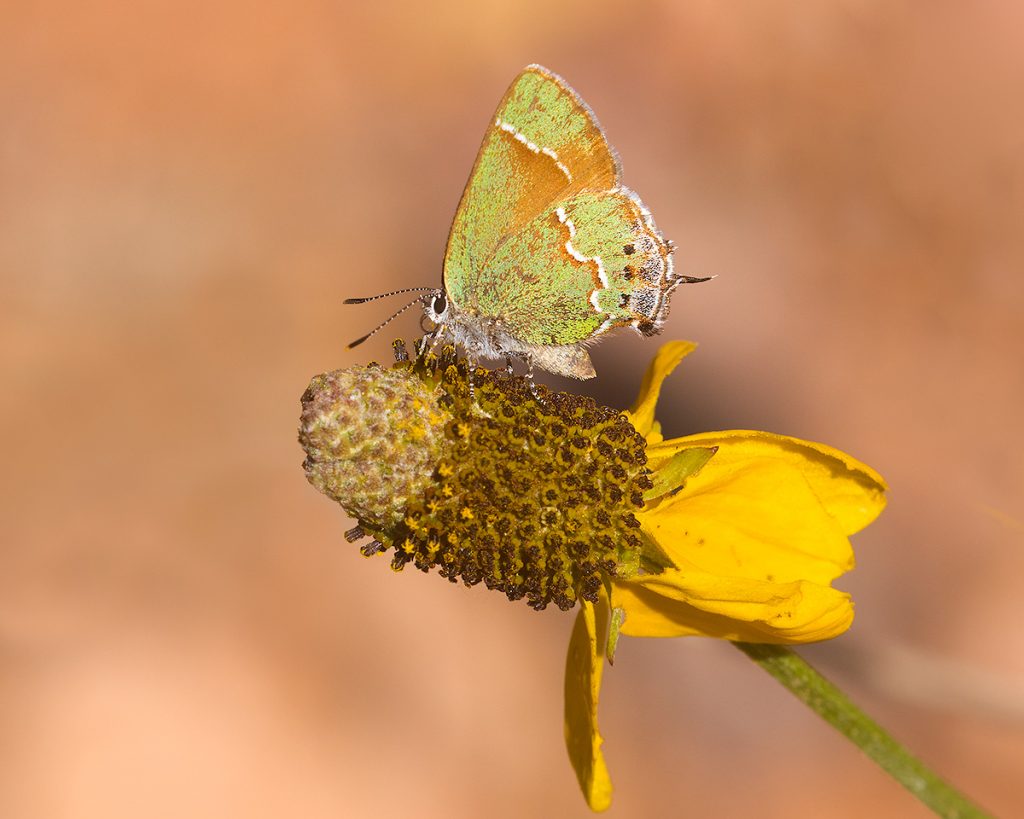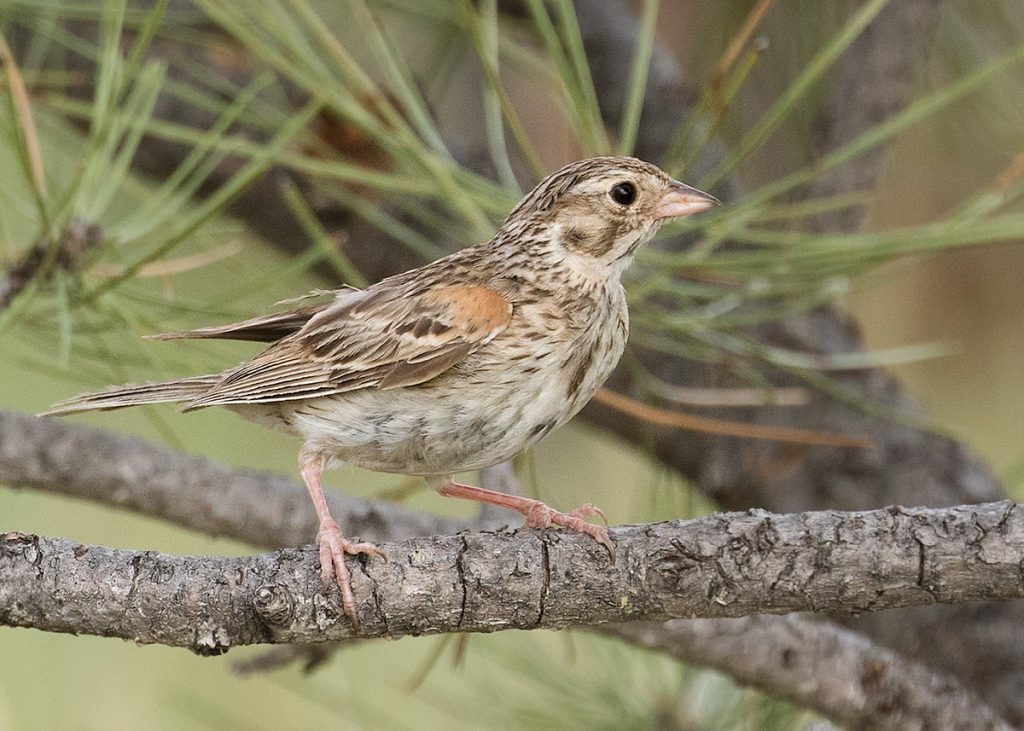
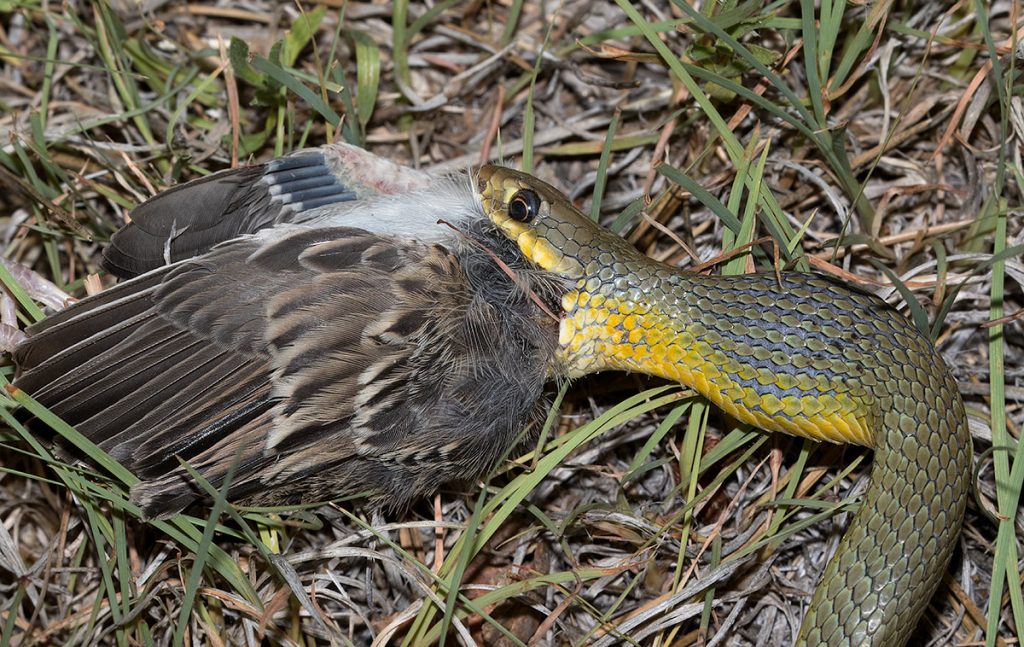
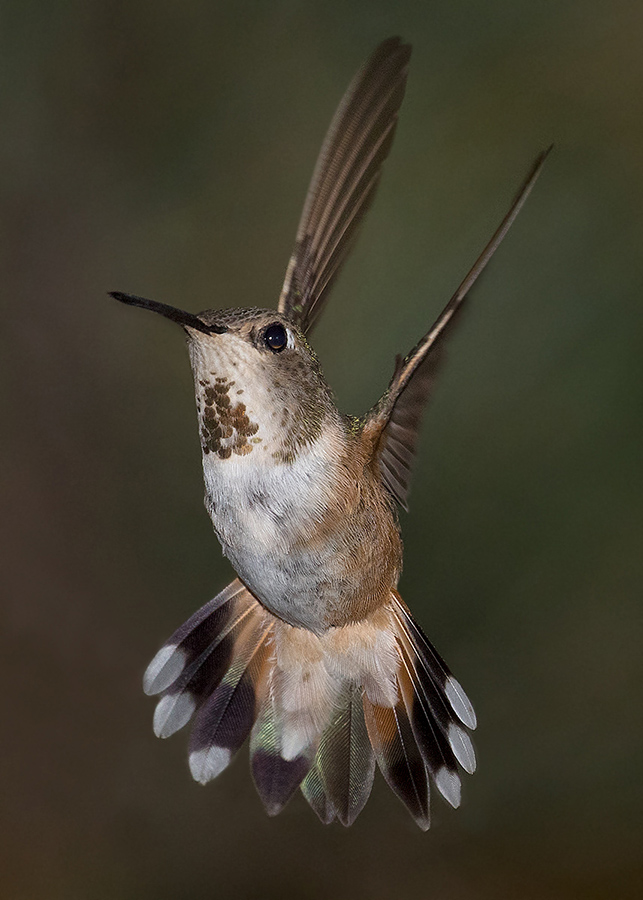

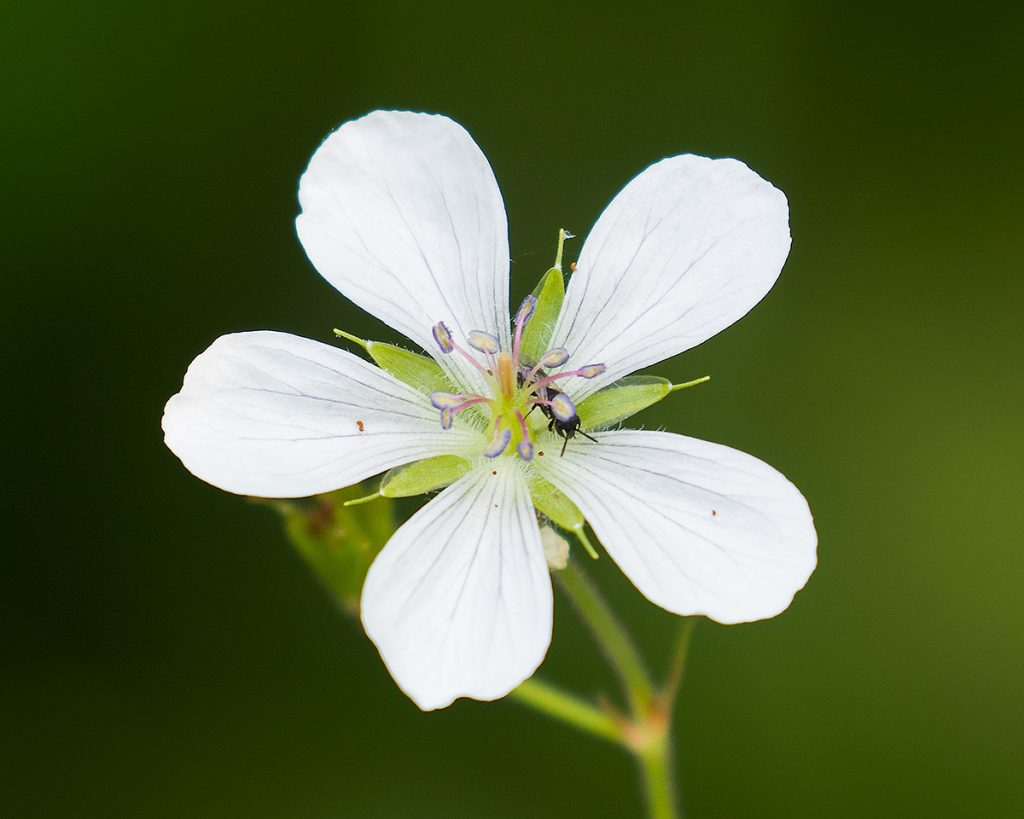
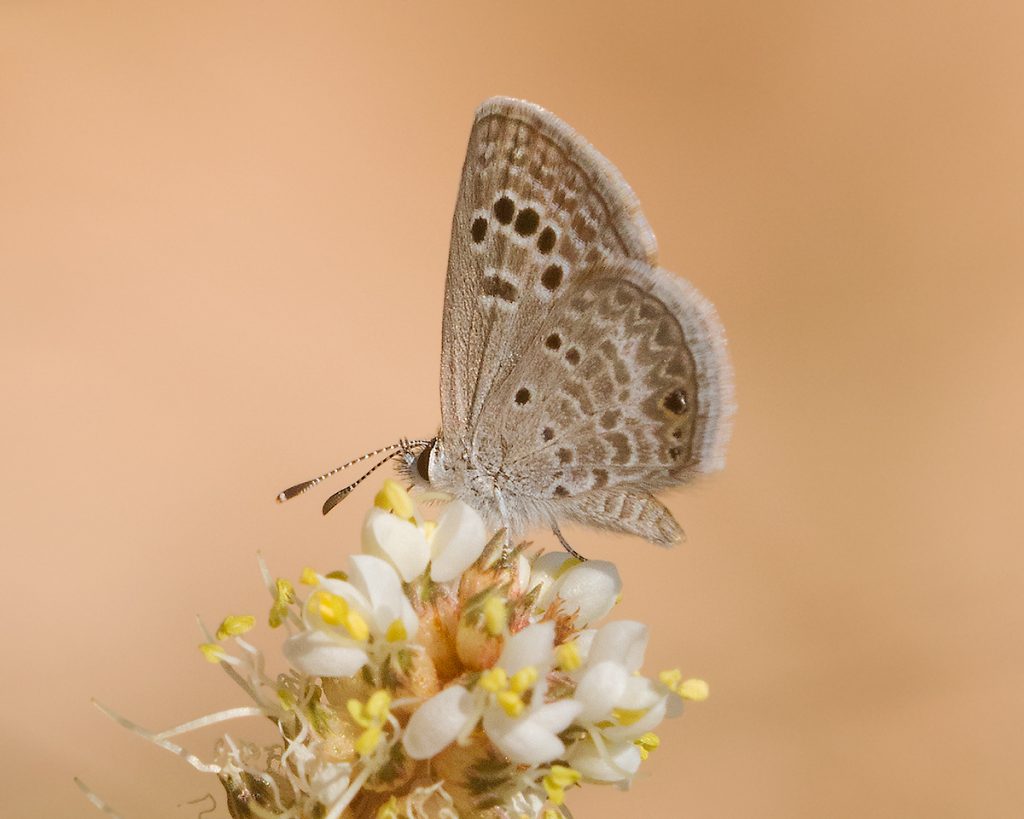
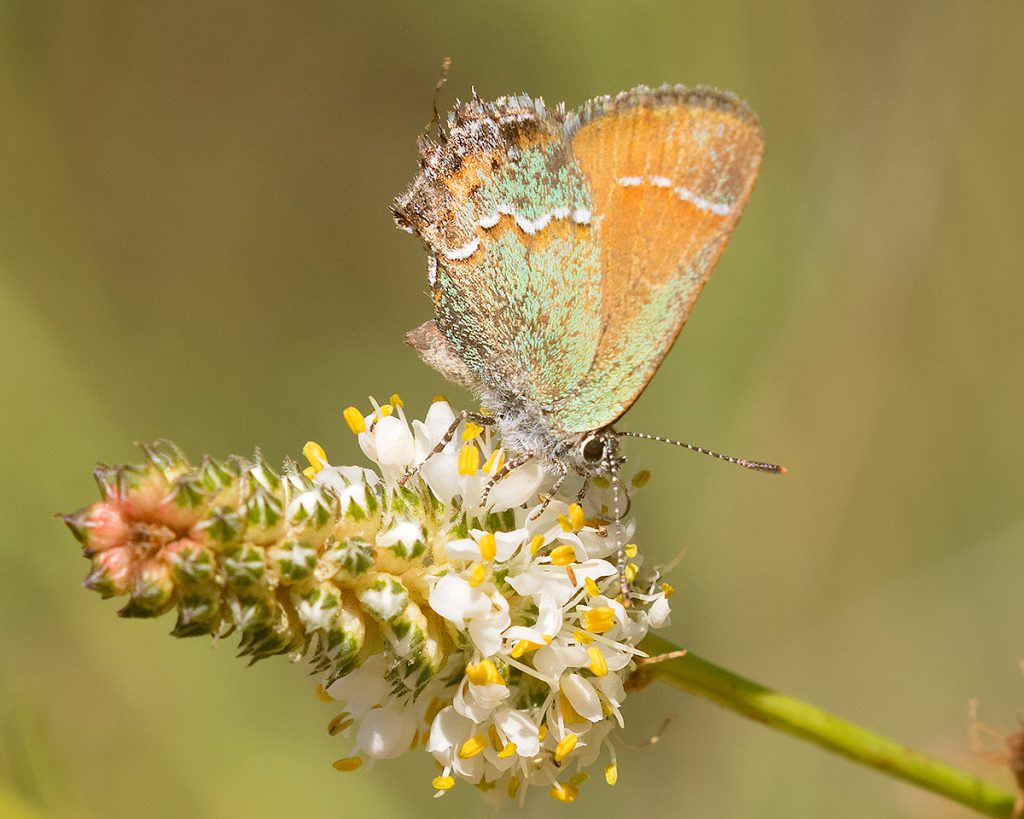







I had a few pretty good nights, I put in some hours, staying up to around 2 AM. That gave me about 3-4 hours of shooting time each night, assuming everything went smoothly. I lost some time the first night because the guide scope had lost focus and it was difficult getting it back in focus.
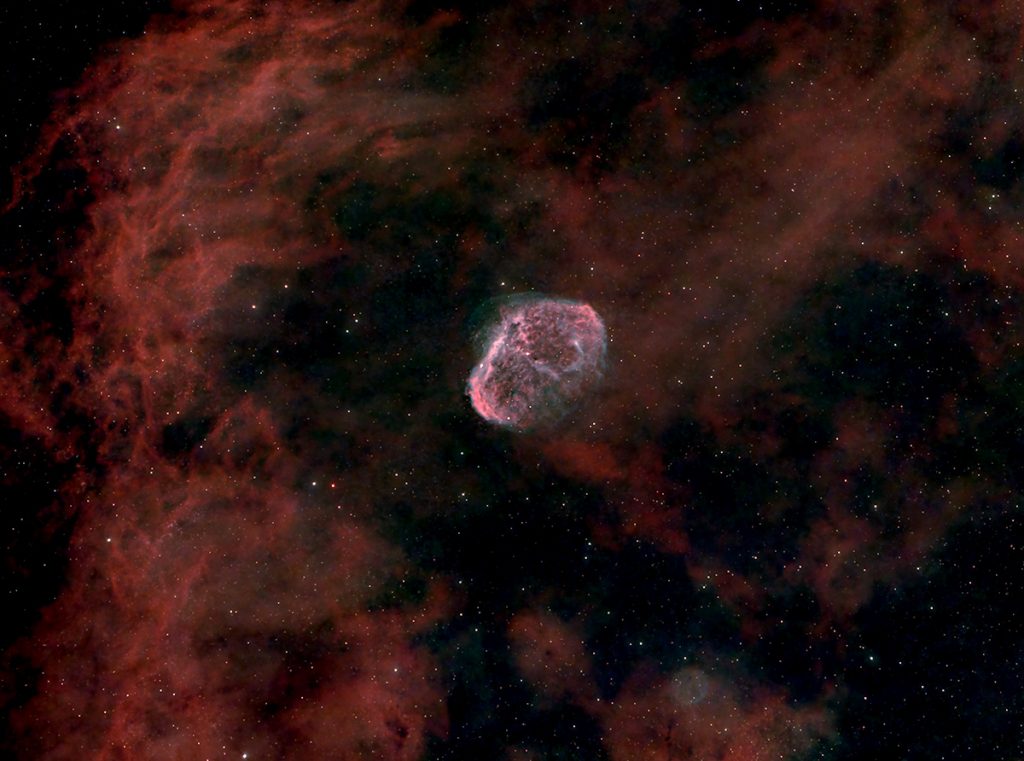
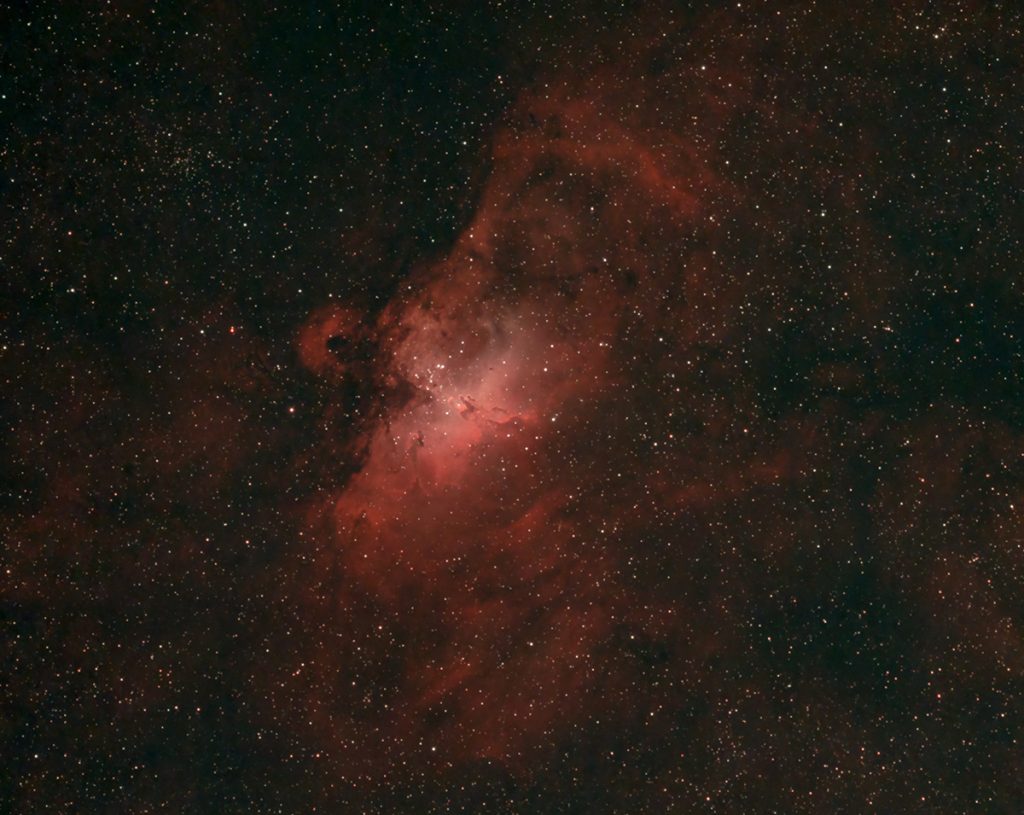
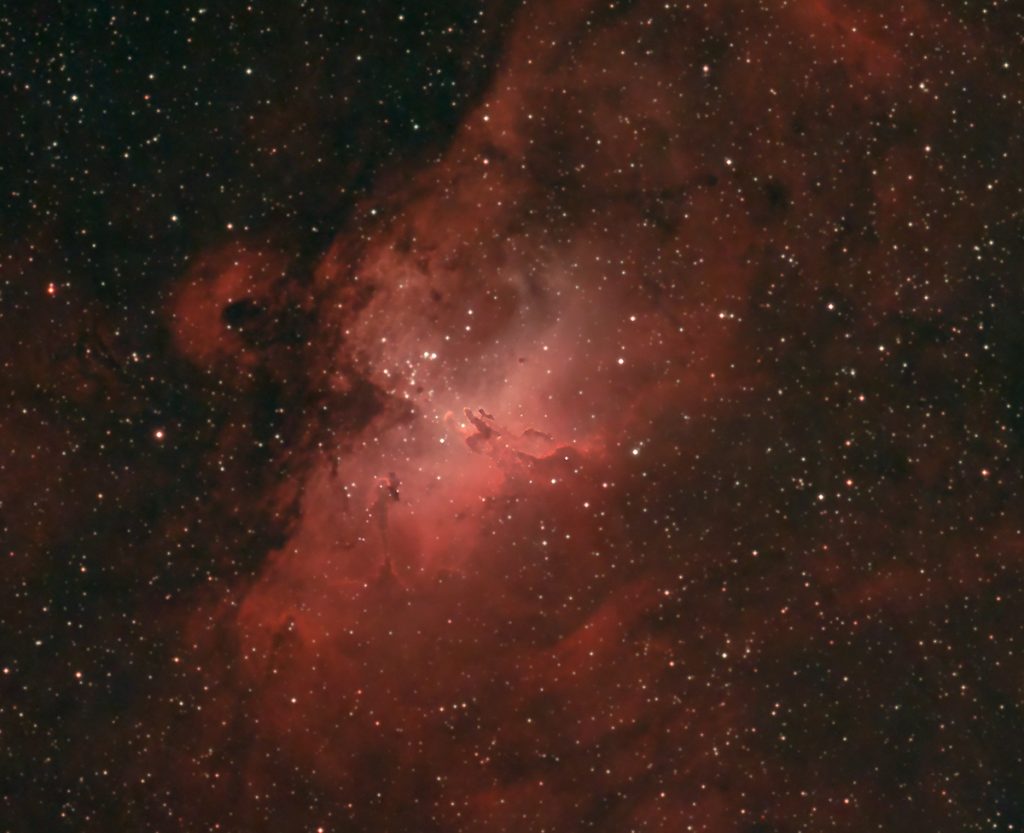
I’m still here in the Black Hills. It is has been pretty cool and also quite a bit of rain, one afternoon I got hailed on, lots of hail but it was small. I’m up to 332 species of birds for the year. At my campsite, the pine cone crop is nonexistent, but I can drive about 5 miles north and there are lots of cones, and that is where I got my latest species, a Red Crossbill. The weather looks suitable for some astrophotography for the next few nights, so if that works out I will be staying up late.
